Sea turtles are one of the most marvellous creatures that swim in our seas. These marine reptiles are living fossils since they have changed very little since they first appeared, more than 120 million years ago, when dinosaurs still roamed the earth. In Indian mythology, the earth is supported on the backs of four elephants as they stand on a sea turtle which swims in an infinite sea and it is believed that if the sea turtle disappears the world will end. Unfortunately today six of the seven species of sea turtles that are found on the planet are endangered.



Sea turtles have adapted perfectly to the marine environment in which they spend most of their lives, and only the females come ashore every 2-4 years to lay their eggs. As reptiles they have lungs and breathe air. They can hold their breath for up to 7 hours when they sleep (they sleep underwater) but normally they surface to breathe every 5-10 minutes. In Greece, 3 species of sea turtles are found – the most dominant is the loggerhead sea turtle (Caretta caretta), the only one that nests here.
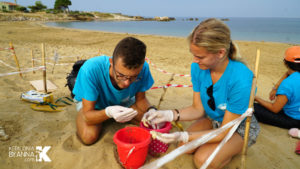
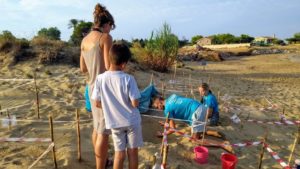
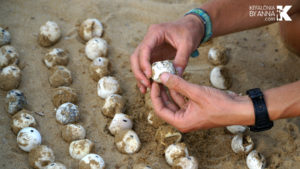
The loggerheads migrate to Kefalonia every spring where they find plenty of food, mate and then nest (most likely on the same beach where they hatched). Here you have a good chance to see sea turtles around the island with hotspot being the harbour of Argostoli. There you will see them feeding in the shallow waters, next to the fishing boats on the mussels that are attached to the dock. On the island most of the southern sandy beaches are nesting grounds (Kaminia, Mounda beach, Megas Lakos, Kounopetra etc) and with a bit of luck (if you are here by boat) you will see them mate close by, as they mate close to the beaches where they lay their eggs. From late May to early August you may see the females come ashore on beaches to lay their eggs while from July to October you can watch the newborn hatchlings digging out of their nests. This awesome sight is nature at it’s finest!
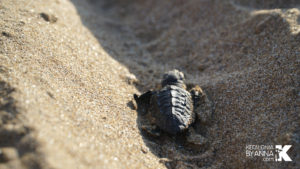
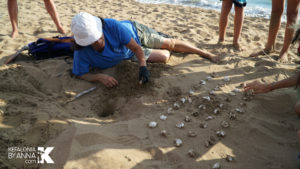
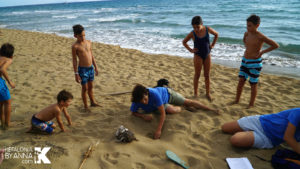
If you come across a turtle, a nest or hatchlings don’t forget that they need our respect and care. We don’t feed them and we don’t disturb them. These amazing endangered creatures face many hazards – natural and man-made – and in order to conserve their breeding grounds and habitats, help injured turtles, and document and educate there are two conservation groups active on the island. So if you want to see turtle nests and hatchlings contact one of the conservation organisations that work here, they regularly invite people to watch their conservation work.
The Katelios Group for the Research and Protection of Marine and Terrestrial Life is concerned with researching and protecting the dramatically declining physical environment and aims through its activities to find solutions to local environmental problems and to promote sustainable development, by working with interested organisations and individuals.
Wildlife Sense is a sea turtle research & conservation organization with a mission to protect endangered sea turtles and their natural habitats, offer a unique learning experience to the volunteers who join our efforts, and promote public awareness.
You can read our detailed interview with Wildlife Sense and read about our experience watching a hatchling inventory.
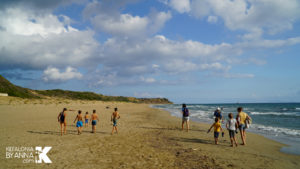
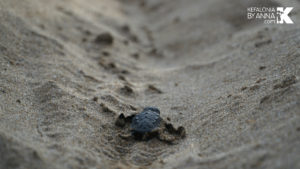
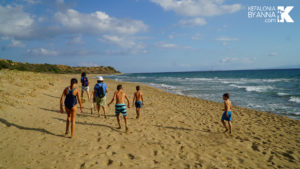
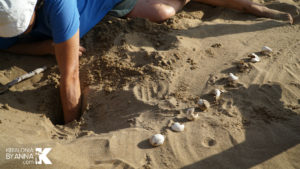
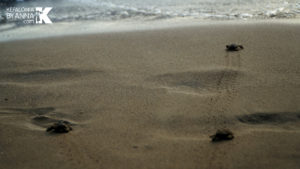
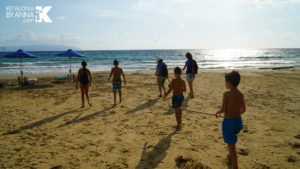

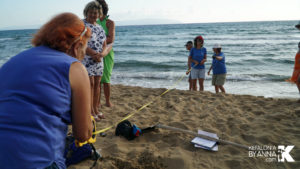

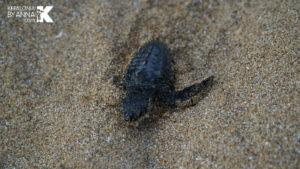
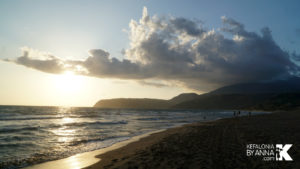
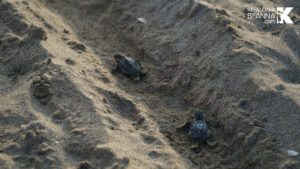
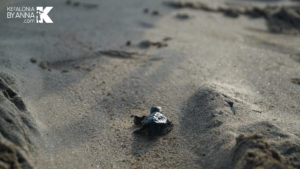
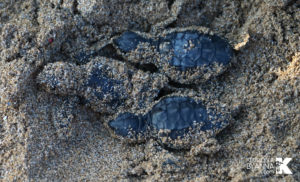
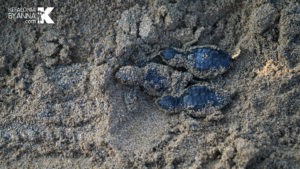
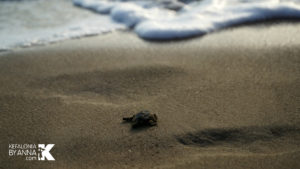
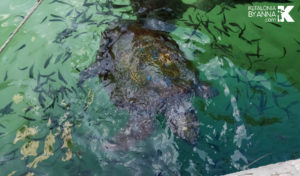
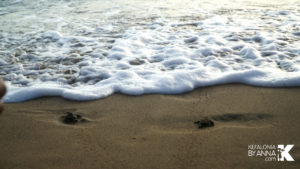
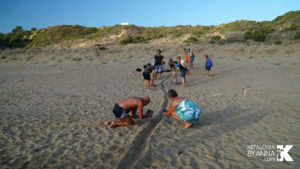
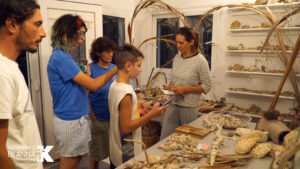
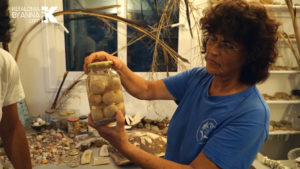
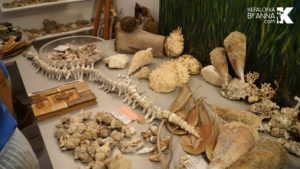
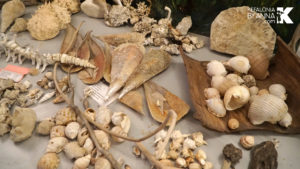
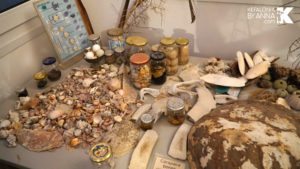
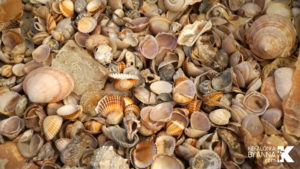
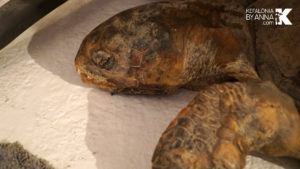
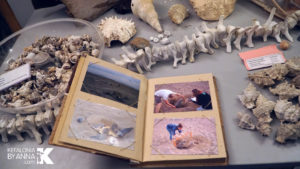


1 comment
Hi , we helped rescue 20-30 turtles from the road outside annas hotel in Skala, this happened around 12.15am 2 sept 21.
As they were heading inland and getting stuck on the road,I took the turtles to the water edge in my shiry